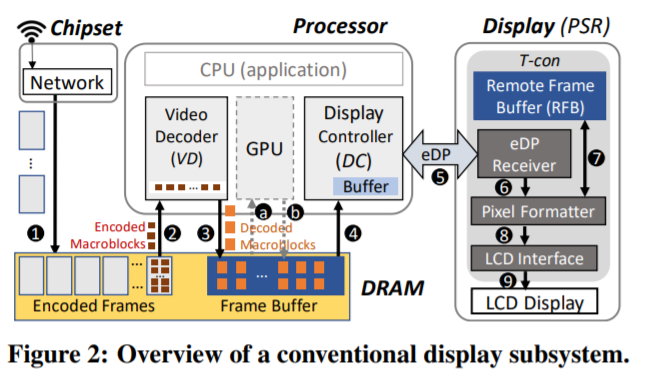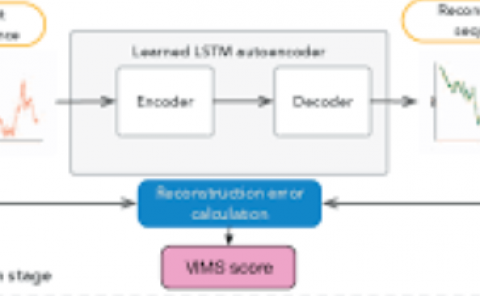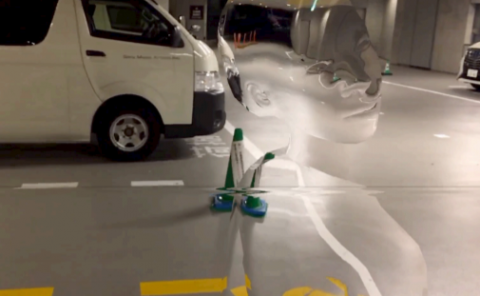BurstLink: Techniques for Energy-Efficient Conventional and Virtual Reality Video Display
PubDate: Apr 2021
Teams: ETH Zürich;Intel;TU Delft
Writers: Jawad Haj-Yahya, Jisung Park, Rahul Bera, Juan Gómez Luna, Efraim Rotem, Taha Shahroodi, Jeremie Kim, Onur Mutlu
PDF: BurstLink: Techniques for Energy-Efficient Conventional and Virtual Reality Video Display

Abstract
Conventional planar video streaming is the most popular application in mobile systems and the rapid growth of 360 video content and virtual reality (VR) devices are accelerating the adoption of VR video streaming. Unfortunately, video streaming consumes significant system energy due to the high power consumption of the system components (e.g., DRAM, display interfaces, and display panel) involved in this process.
We propose BurstLink, a novel system-level technique that improves the energy efficiency of planar and VR video streaming. BurstLink is based on two key ideas. First, BurstLink directly transfers a decoded video frame from the host system to the display panel, bypassing the host DRAM. To this end, we extend the display panel with a double remote frame buffer (DRFB), instead of the DRAM’s double frame buffer, so that the system can directly update the DRFB with a new frame while updating the panel’s pixels with the current frame stored in the DRFB. Second, BurstLink transfers a complete decoded frame to the display panel in a single burst, using the maximum bandwidth of modern display interfaces. Unlike conventional systems where the frame transfer rate is limited by the pixel-update throughput of the display panel, BurstLink can always take full advantage of the high bandwidth of modern display interfaces by decoupling the frame transfer from the pixel update as enabled by the DRFB. This direct and burst frame transfer of BurstLink significantly reduces energy consumption in video display by reducing access to the host DRAM and increasing the system’s residency at idle power states.
We evaluate BurstLink using an analytical power model that we rigorously validate on a real modern mobile system. Our evaluation shows that BurstLink reduces system energy consumption for 4K planar and VR video streaming by 41% and 33%, respectively.


